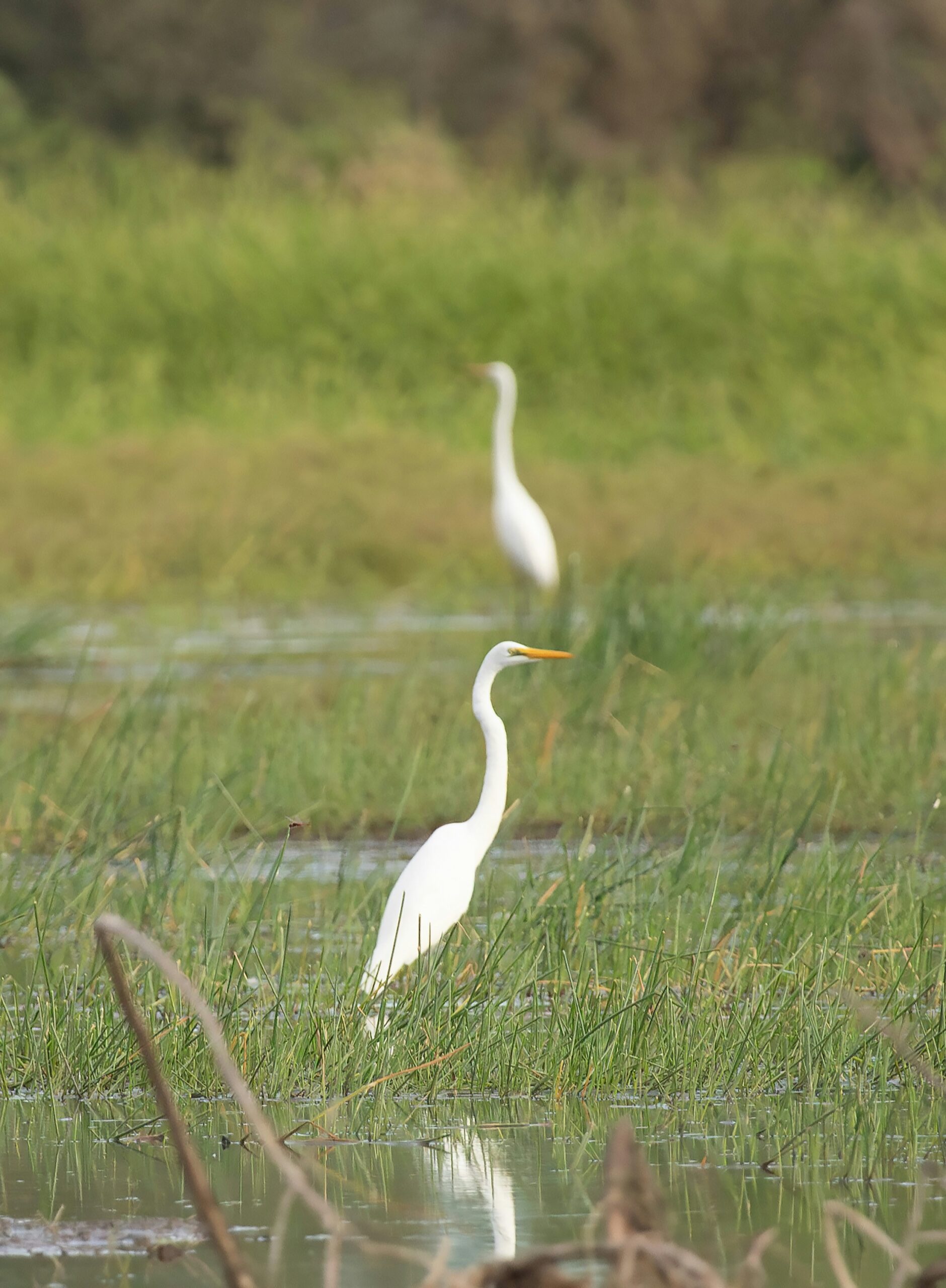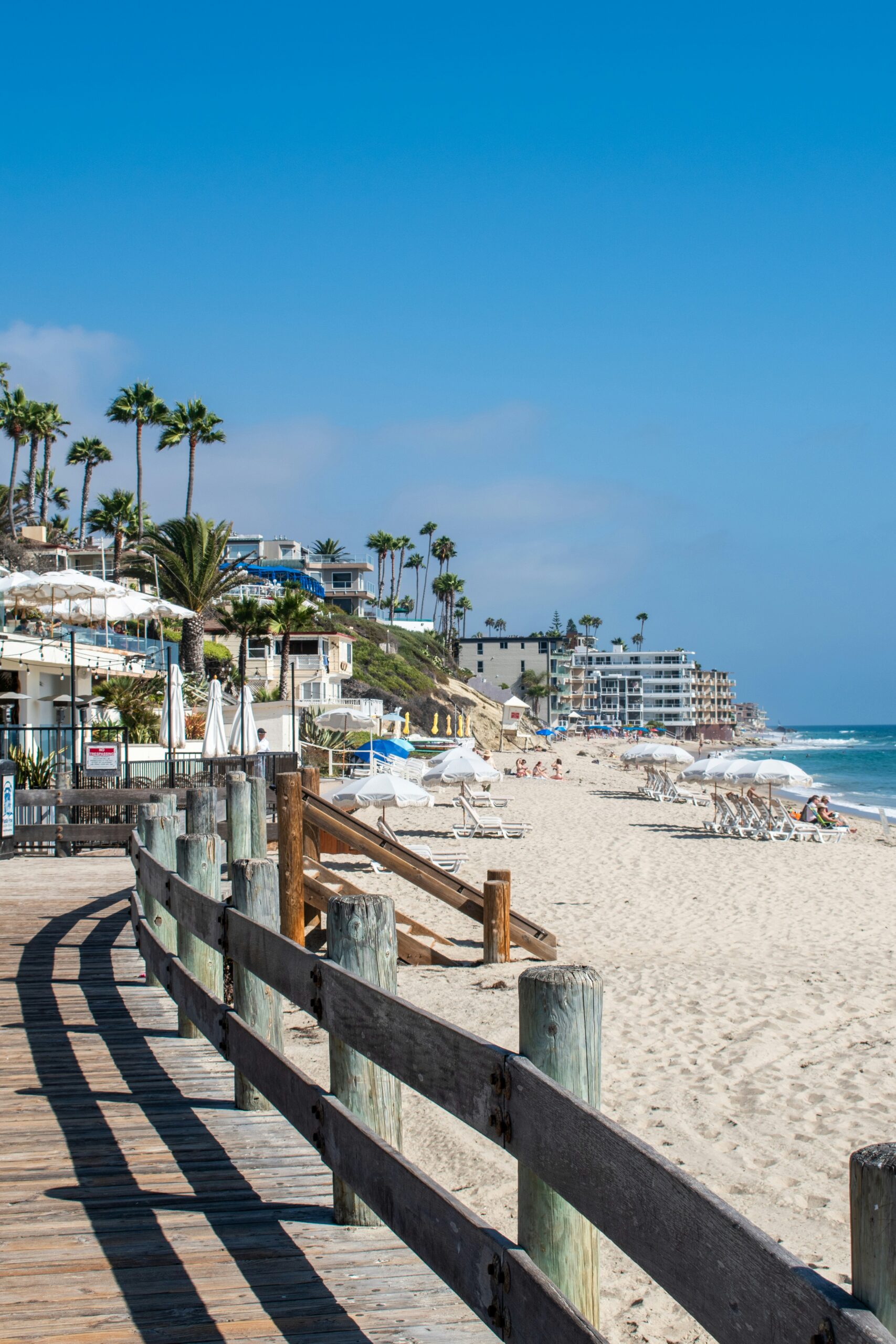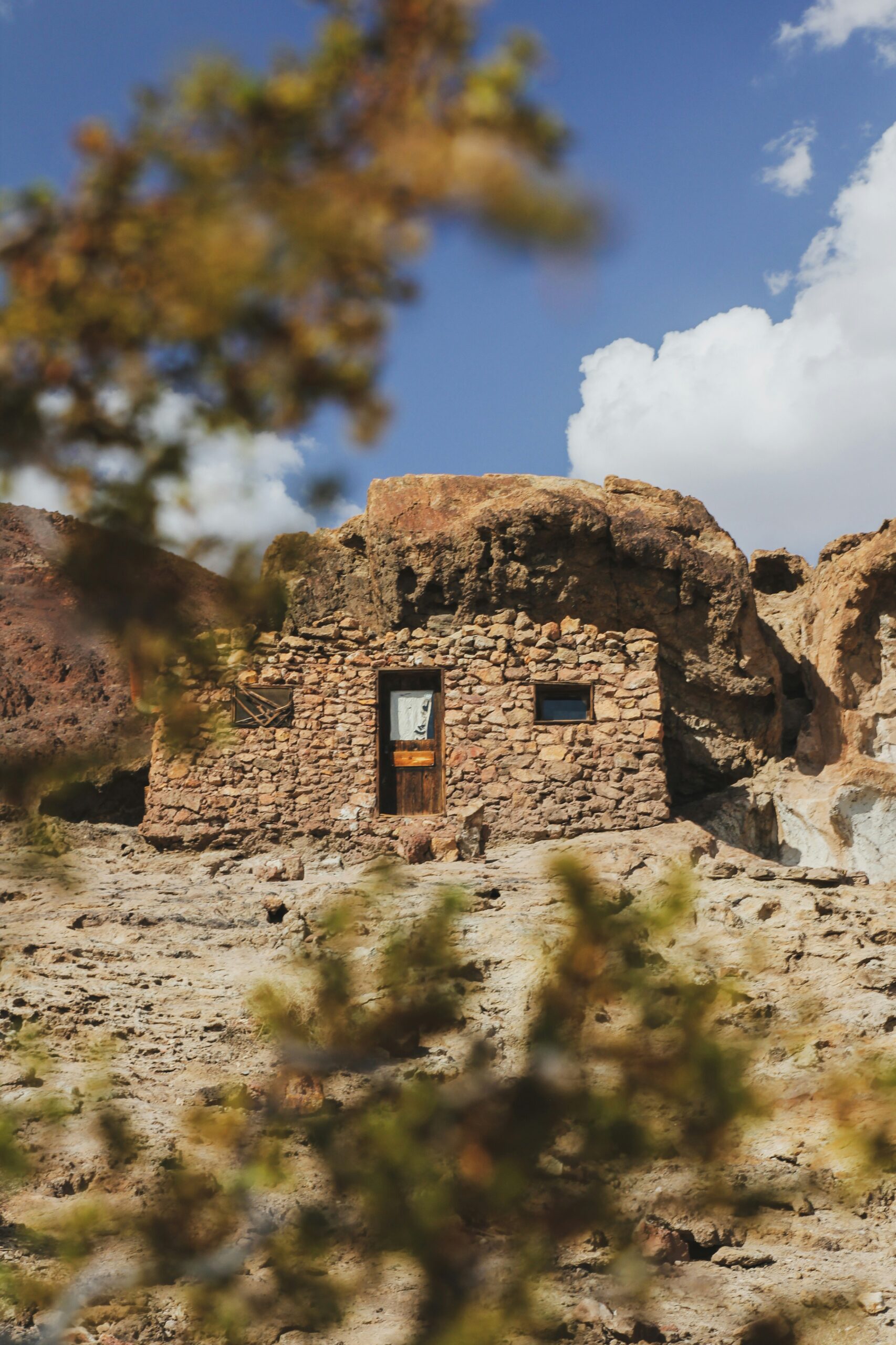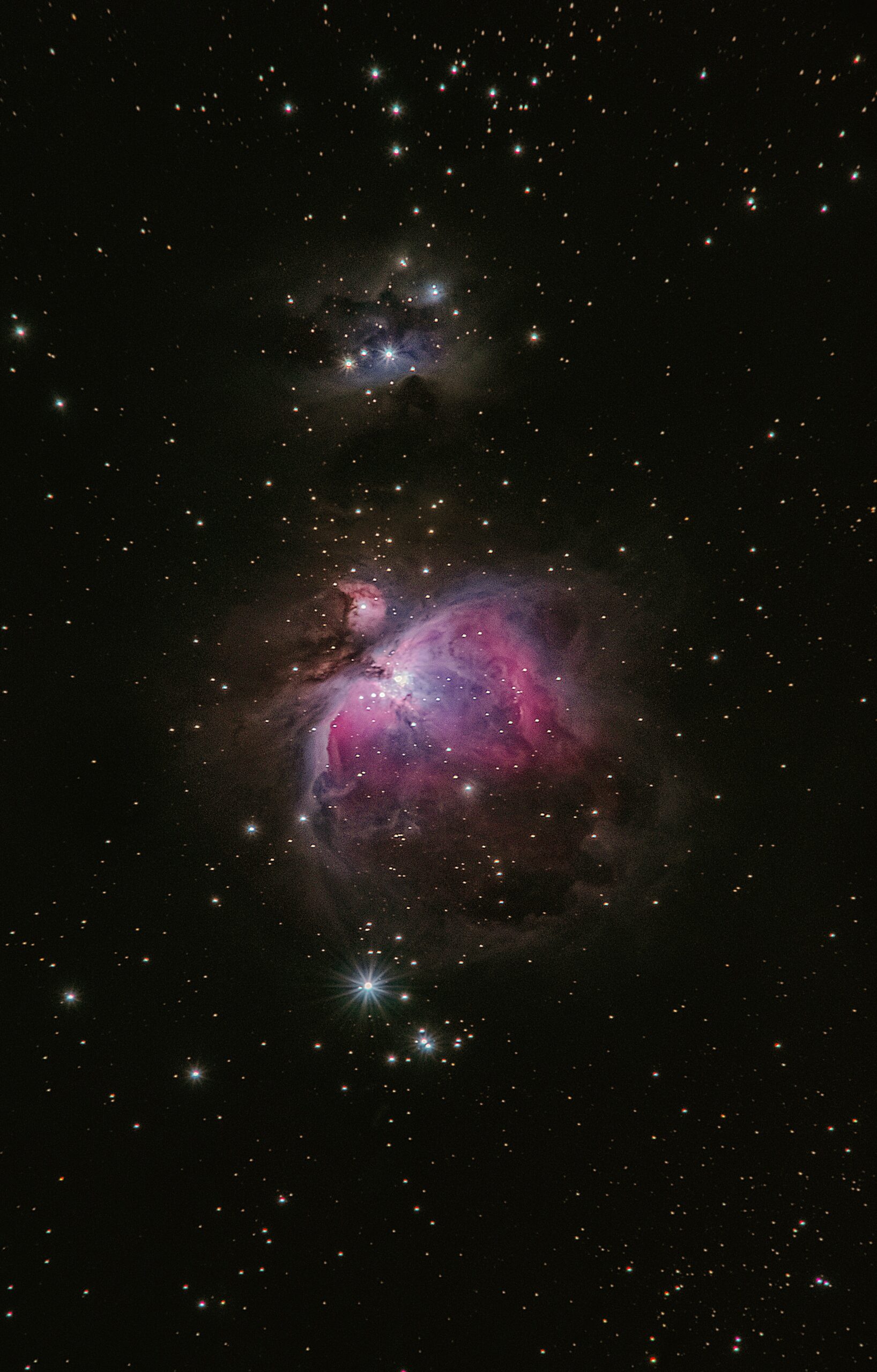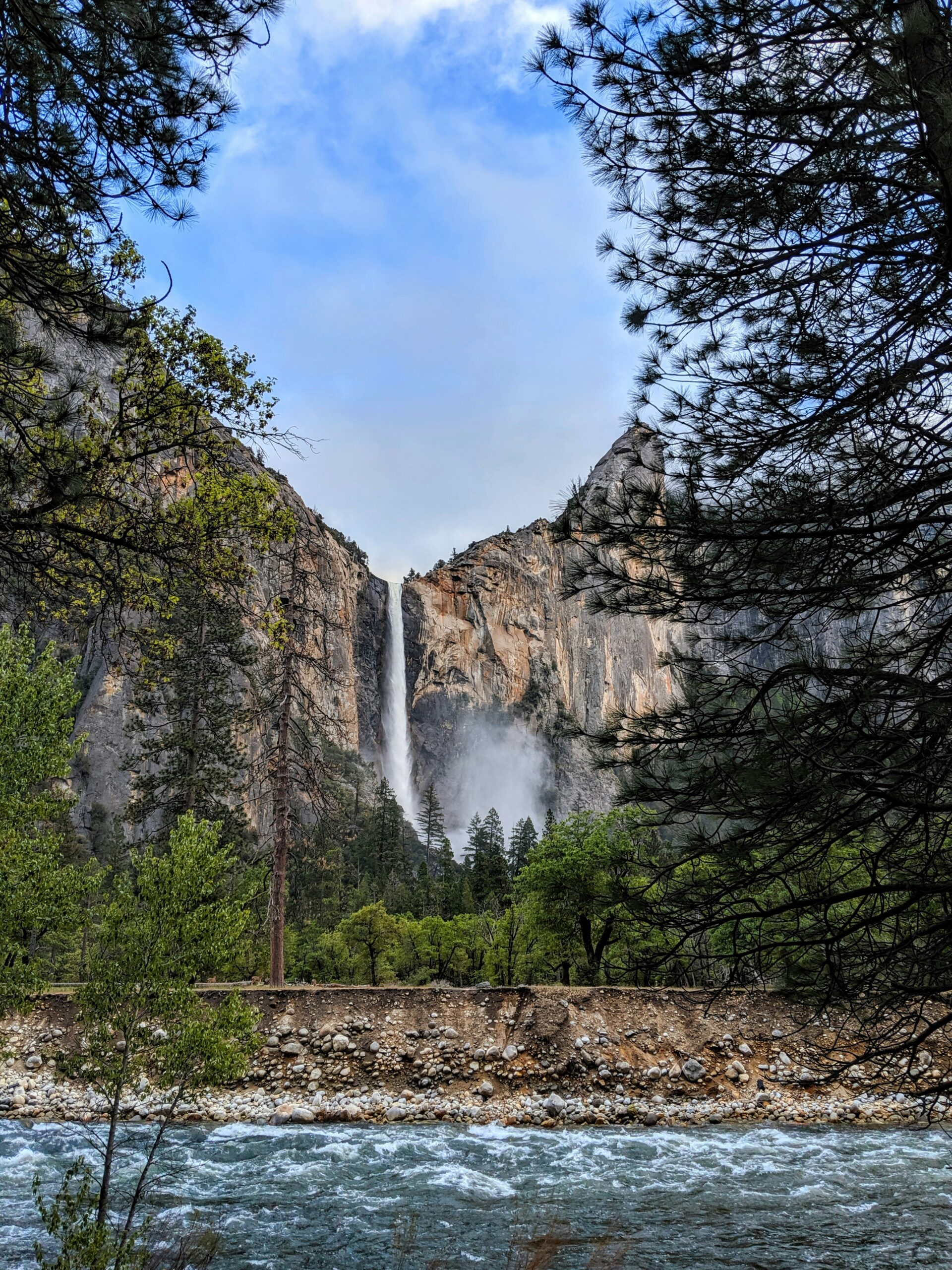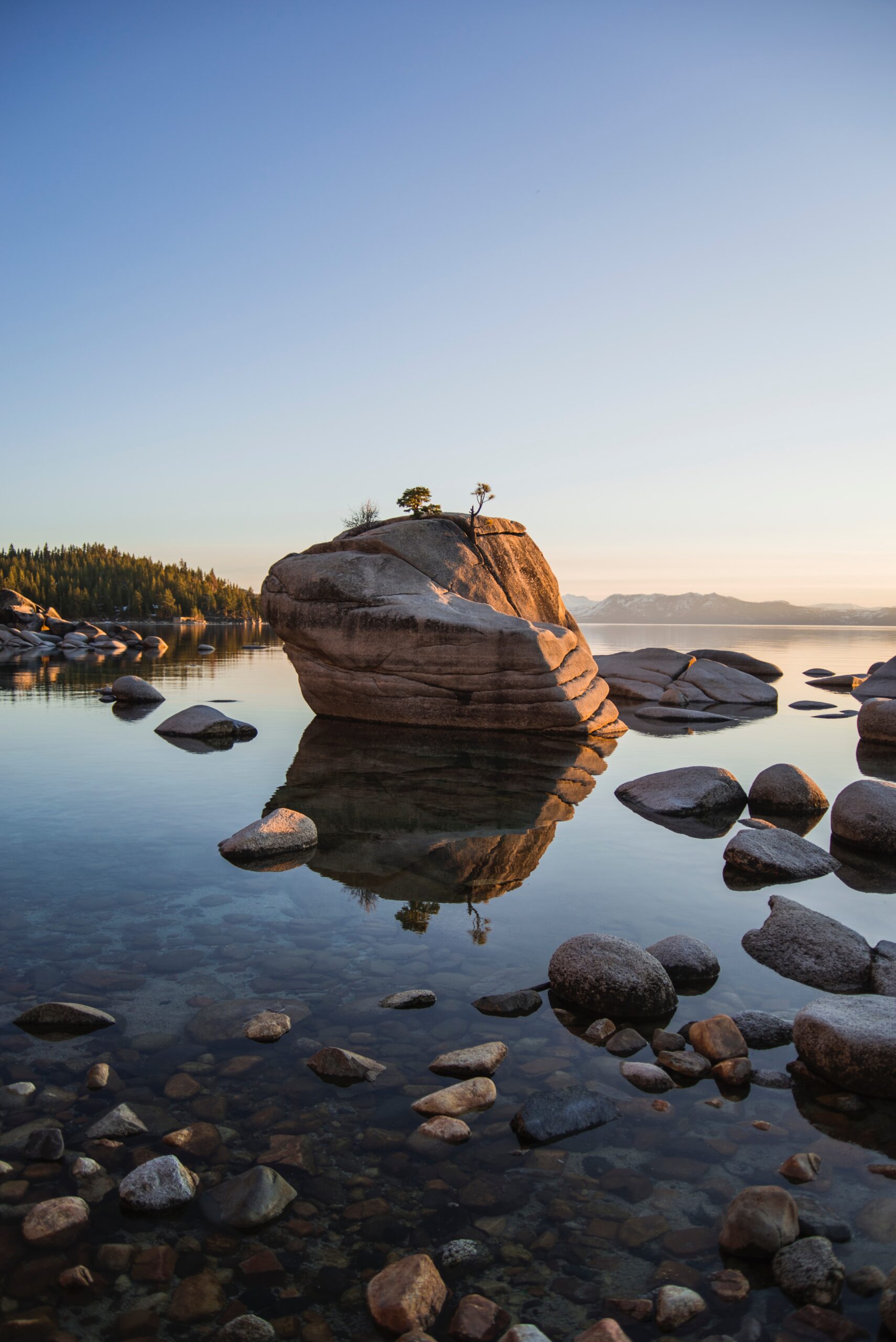History of Tulare Lake: California’s Vanished Inland Sea
Have you ever heard of a lake that vanished for over a century, only to reappear? Tulare Lake, once the largest body of water west of the Mississippi, has a fascinating history that will capture your imagination.
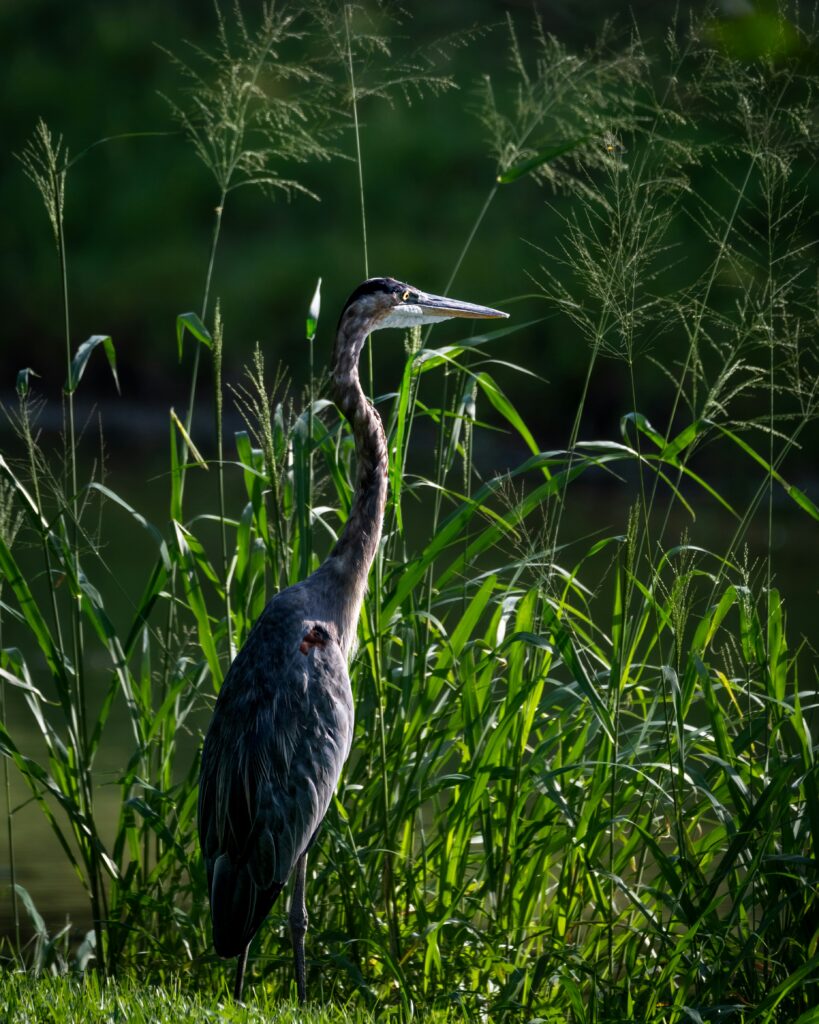
Located in California's San Joaquin Valley, Tulare Lake played a crucial role in the lives of indigenous peoples for thousands of years. The lake, known as “Pa'ashi” by the Tachi Yokut tribe, provided abundant wildlife and plants to sustain its inhabitants.
You might be surprised to learn that Tulare Lake disappeared 130 years ago due to agricultural development and water diversion. However, recent severe weather events have brought this historic lake back to life, reshaping the landscape of Central California. As you explore the history of Tulare Lake, you'll discover how its return impacts both the environment and local communities.
History of Tulare Lake: California's Vanished Inland Sea
Geological Origins of Tulare Lake
The formation of Tulare Lake is closely tied to the Sierra Nevada Mountains and the development of wetlands in California's Central Valley. You'll discover how these natural features shaped one of the largest freshwater lakes west of the Mississippi.
Sierra Nevada Influence
The Sierra Nevada played a crucial role in creating Tulare Lake. As you look east from the valley floor, you'll see these majestic mountains rising up. Over millions of years, erosion from the Sierra Nevada deposited sediments that formed a natural dam in the southern San Joaquin Valley.
This geological barrier trapped water flowing down from the mountains, leading to the formation of Tulare Lake. The lake's size would fluctuate seasonally, expanding during wet periods and shrinking in dry times.
Formation of Wetlands
As Tulare Lake took shape, it created a vast network of wetlands and marshes. You'd be amazed to see how this freshwater ecosystem once covered over 690 square miles.
The shallow waters and rich sediments from the Sierra Nevada fostered diverse plant life. These wetlands became a haven for migratory birds and native wildlife. Indigenous peoples relied on the lake's abundant resources for thousands of years before European settlement.
Today, you can still see remnants of these wetlands in the Tulare Basin, though much has been converted to agricultural land.
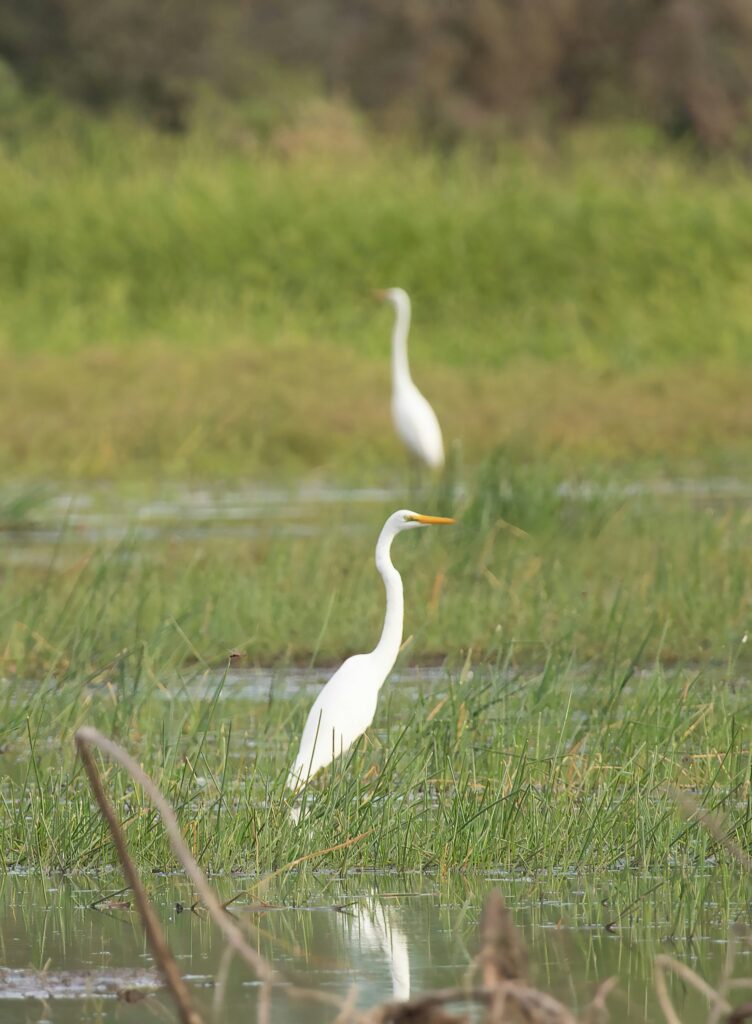
The Yokuts and the Lake
The Yokuts people had a deep connection to Tulare Lake, shaping their way of life for thousands of years. You'll discover how these indigenous communities thrived in the wetlands and developed unique customs tied to the lake's resources.
Indigenous Peoples' Way of Life
The Yokuts inhabited the Tulare Lake region for millennia, adapting their lifestyle to the abundant resources. You'd find them living in tule reed houses along the lakeshore, perfectly suited to the environment.
Their diet consisted of fish, waterfowl, and plants from the lake. You might have seen them using tule reed boats to navigate the waters, fishing with nets and spears.
The Yokuts developed a rich culture around the lake. You'd have heard their stories and songs celebrating the natural world. Their spiritual practices often centered on the lake's cycles and the animals that called it home.
Yokuts' Interaction with the Wetlands
The Tache Yokut, a subgroup of the Yokuts, had a particularly close relationship with Tulare Lake. You'd have noticed their expert management of the wetlands, using controlled burns to maintain the ecosystem.
They harvested tule reeds for various purposes:
- Building homes and boats
- Weaving baskets and mats
- Creating clothing and other essentials
You'd have seen the Yokuts practicing sustainable fishing techniques, ensuring the lake's bounty for future generations. Their deep knowledge of the wetlands' plants allowed them to use many for food and medicine.
The lake's seasonal fluctuations shaped their yearly cycle. You'd have observed them adapting their activities to the changing water levels, moving their settlements as needed.
Impacts of Agriculture
The transformation of Tulare Lake into agricultural land had far-reaching consequences. You'll see how early settlers reshaped the landscape and how specific crops altered the region's ecosystem.
Early Agricultural Development
In the late 19th century, you would have witnessed a dramatic change in the Tulare Lake area. Settlers recognized the rich agricultural potential of the region. They began diverting rivers that fed the lake to irrigate their fields.
You'd have seen an extensive network of irrigation canals sprouting up across the landscape. These diversions gradually cut off the lake's water supply. Farmers drained large portions of the lakebed, converting wetlands into fertile farmland.
This early development set the stage for the San Joaquin Valley to become an agricultural powerhouse. You might be surprised to learn that the region now feeds not just America, but contributes significantly to the global food supply.
Crop Cultivation and Impact on the Lake
As you explore the former Tulare Lake basin today, you'll find a variety of crops thriving where water once stood. Cotton became a major crop, covering vast swathes of reclaimed lakebed. You'll also spot fields of tomatoes, a staple of California's agricultural output.
In recent decades, you might have noticed a shift towards nut crops. Almond and pistachio orchards now dot the landscape, their neat rows a stark contrast to the lake's former shoreline.
These crops have had a significant impact on water usage. You'd be amazed at how much water almonds require – it takes about a gallon of water to produce a single almond! This intensive agriculture has led to a complicated system of flood prevention built by growers over the past five decades.
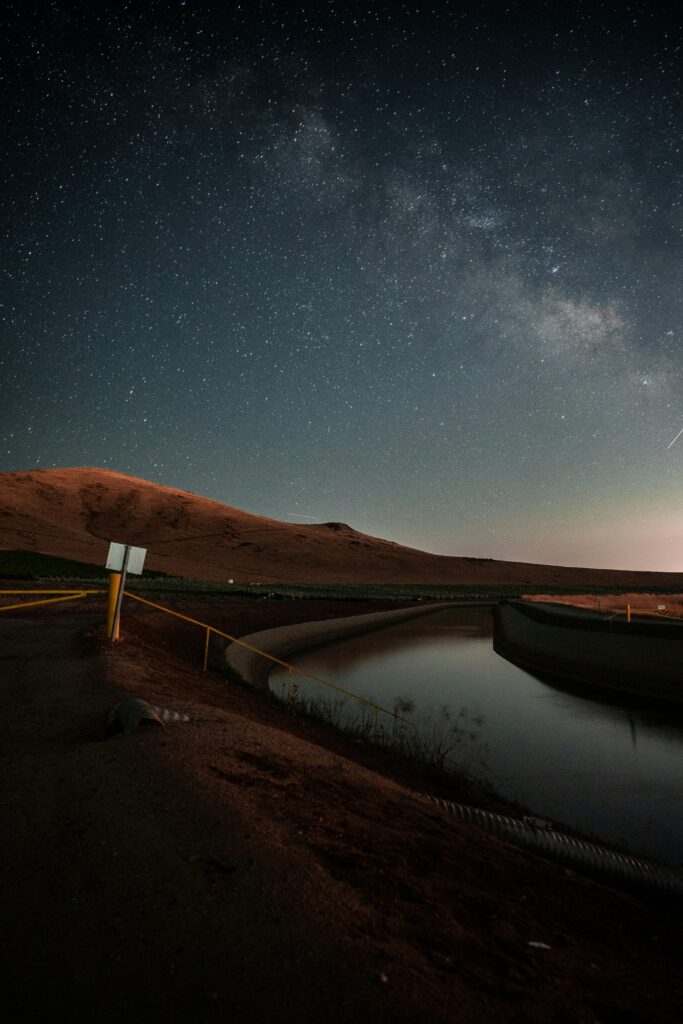
Water Management Evolution
The transformation of Tulare Lake's water management showcases human ingenuity and environmental impact. You'll discover how irrigation systems reshaped the landscape and how levees altered natural water flows.
Introduction of Irrigation Systems
In the late 1800s, you would have witnessed a dramatic change in Tulare Basin's landscape. Farmers began diverting water from rivers to irrigate their fields. This practice quickly expanded, transforming the once-vast lake into fertile farmland.
The introduction of irrigation canals allowed you to cultivate crops year-round. These systems tapped into the Kings, Kaweah, and Tule Rivers, bringing water to previously dry areas. You might have seen the Friant-Kern Canal being built, which became a crucial part of the Central Valley Project.
As irrigation expanded, you'd notice the lake shrinking. By 1899, you would have been surprised to see Tulare Lake dry up for the first time in recorded history.
Levees and Water Diversions
To protect your newly claimed farmland, you and other settlers began building levees. These structures helped control flooding and kept water from reclaiming the lakebed. You'd see a network of levees crisscrossing the former lake basin, each one altering natural water flows.
Water diversions became increasingly complex. The California Aqueduct, which you might spot running through the western edge of the old lakebed, began moving water south. This massive project, overseen by the California Department of Water Resources, drastically changed how water moved through the region.
Your efforts to manage water reshaped the entire ecosystem. While providing valuable farmland, these changes also disrupted migratory bird patterns and altered the natural habitat of countless species.
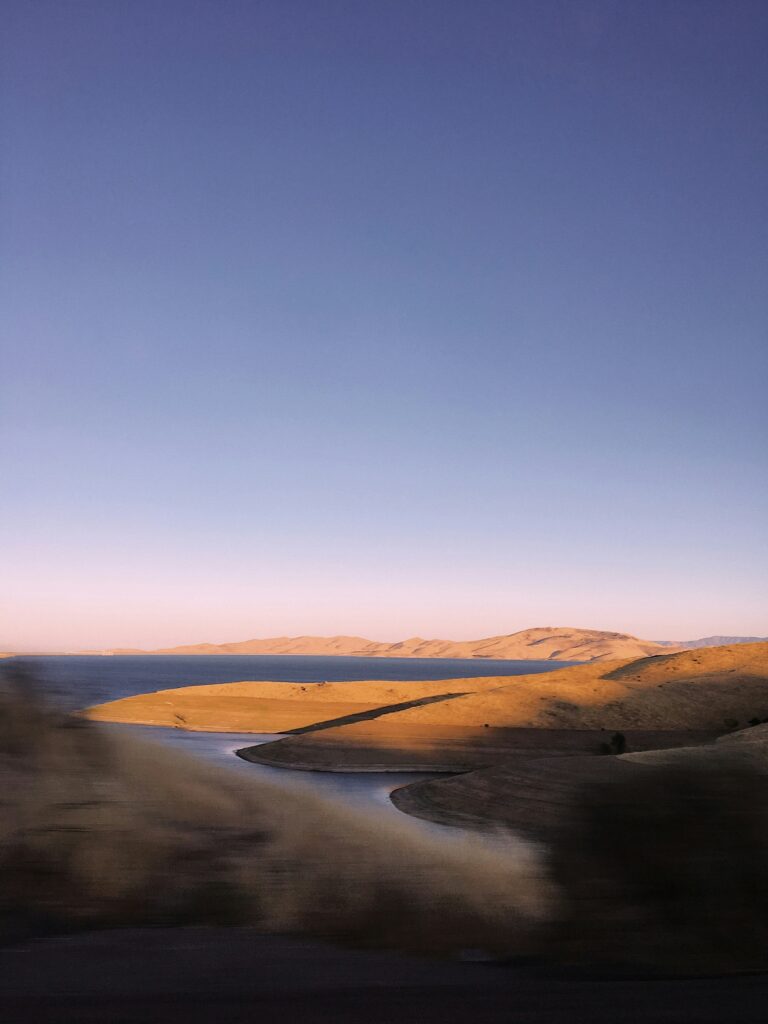
Hydrology and Climate Influences
Tulare Lake's existence has been profoundly shaped by atmospheric rivers and climate patterns. You'll find that these factors have played a crucial role in the lake's historical fluctuations and its current state.
Atmospheric Rivers and Precipitation
Atmospheric rivers are key players in Tulare Lake's hydrology. You might be surprised to learn that these narrow bands of moisture-rich air can deliver up to 50% of California's annual precipitation in just a few events! When these “rivers in the sky” make landfall, they often bring heavy rainfall and snowfall to the Sierra Nevada mountains.
This precipitation feeds the rivers that once filled Tulare Lake. In particularly wet years, you'd have seen the lake swell dramatically. Historical records show that Tulare Lake was once the largest freshwater body west of the Mississippi River in terms of surface area.
During intense atmospheric river events, flooding became a regular occurrence. You would have witnessed boats traveling from Tulare Lake all the way to San Francisco in years of heavy rains!
Climate Change Effects on the Lake
Climate change is altering Tulare Lake's delicate hydrological balance. You're seeing more extreme weather patterns, with longer droughts punctuated by intense wet periods.
These shifts are affecting the Sierra Nevada snowpack, a crucial water source for the lake. Warmer temperatures mean less snow accumulation and earlier spring melts. This changes the timing and volume of water flowing into the Tulare Basin.
You might notice more frequent flooding events when atmospheric rivers coincide with warmer storms. This can lead to rapid snowmelt and overwhelming runoff. On the flip side, prolonged droughts are becoming more common, reducing water inflow to the lake basin.
These climate-driven changes are reshaping Tulare Lake's future. You'll likely see more variability in the lake's extent and potentially more frequent dry periods.
Wildlife and Biodiversity
Tulare Lake once teemed with diverse wildlife and served as a crucial habitat for numerous species. You'll be amazed by the rich ecosystem that thrived in this now-vanished lake.
Native Species of the Lake Region
Tulare Lake supported a uniquely rich area for thousands of years. You would have seen an abundance of fish, including the now-extinct Tulare Lake whitefish.
Waterfowl and shorebirds flocked to the lake in massive numbers. You might have spotted:
- Ducks
- Geese
- Sandhill cranes
- Pelicans
The lake's shores were home to tule elk, pronghorn antelope, and grizzly bears. You'd have been impressed by the variety of plant life too, with tule reeds and riparian forests dominating the landscape.
Impact of Agriculture on Biodiversity
As agriculture took over the Tulare Basin, you'd have witnessed dramatic changes to the ecosystem. The draining of the lake for farmland led to a significant loss of habitat.
Many native species faced decline or local extinction. You'd no longer see:
- Tulare Lake whitefish
- Thick-tailed chub
- Grizzly bears in the region
The Pacific Flyway lost a major stopover point, affecting migratory bird populations. You might have noticed fewer waterfowl in the area.
Despite these losses, some species adapted. You can still find burrowing owls nesting around the former lakeshore, though their numbers have decreased.
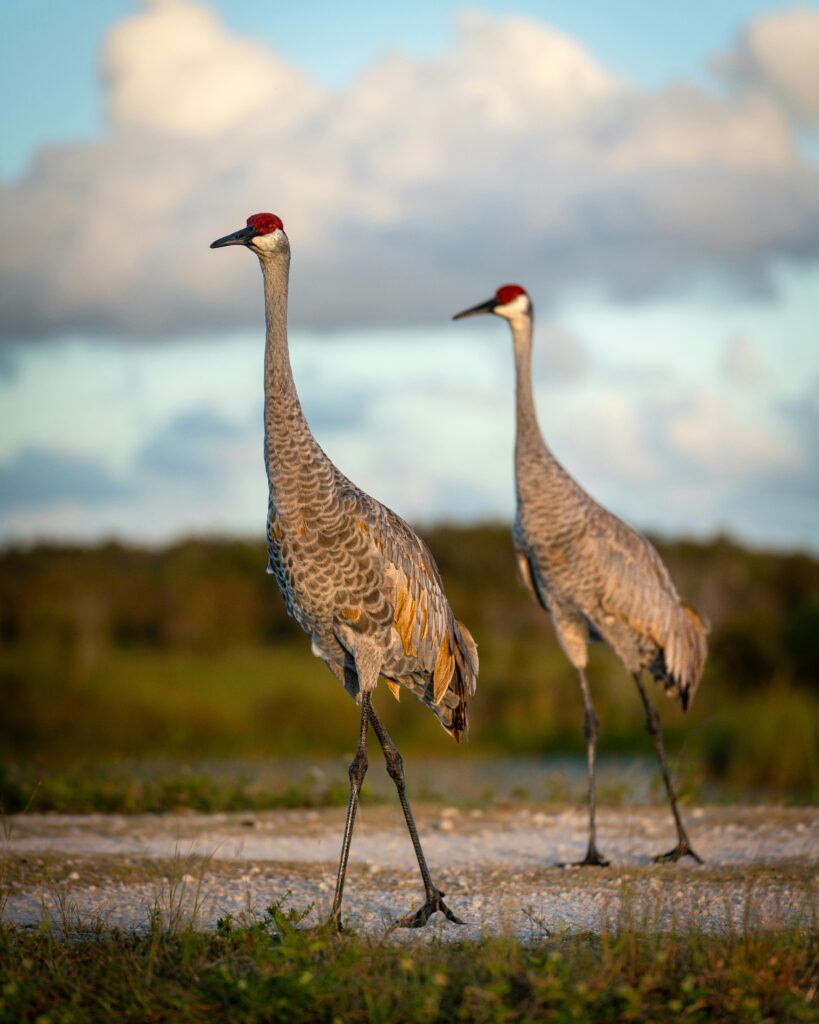
Economic importance and Land Use
Tulare Lake's transformation profoundly impacted the region's economy and land use patterns. The lake's drainage led to significant agricultural development and economic growth, reshaping the landscape and livelihoods in the area.
Agricultural Industry Development
The draining of Tulare Lake opened up vast tracts of fertile land for farming. You'll find that this change sparked a boom in agriculture, turning the region into one of the most productive farming areas in the United States.
Crops like cotton, alfalfa, and various fruits thrived in the rich soil. The dairy industry also flourished, with numerous dairies establishing operations in the former lakebed.
This agricultural boom created jobs and attracted farmworkers to the area. You might be surprised to learn how quickly the region's economy grew as a result of these developments.
Land Ownership and Agricultural Expansion
As Tulare Lake receded, large landowners and agricultural companies acquired significant portions of the newly available land. You'd see a shift from small family farms to large-scale industrial agriculture operations.
Water rights became a critical issue, with farmers relying on irrigation systems to cultivate crops in the arid climate. This led to complex legal and environmental challenges.
The expansion of agriculture also brought about changes in the local ecosystem. You'd notice how the once-diverse wetland habitat transformed into a patchwork of farms and orchards.
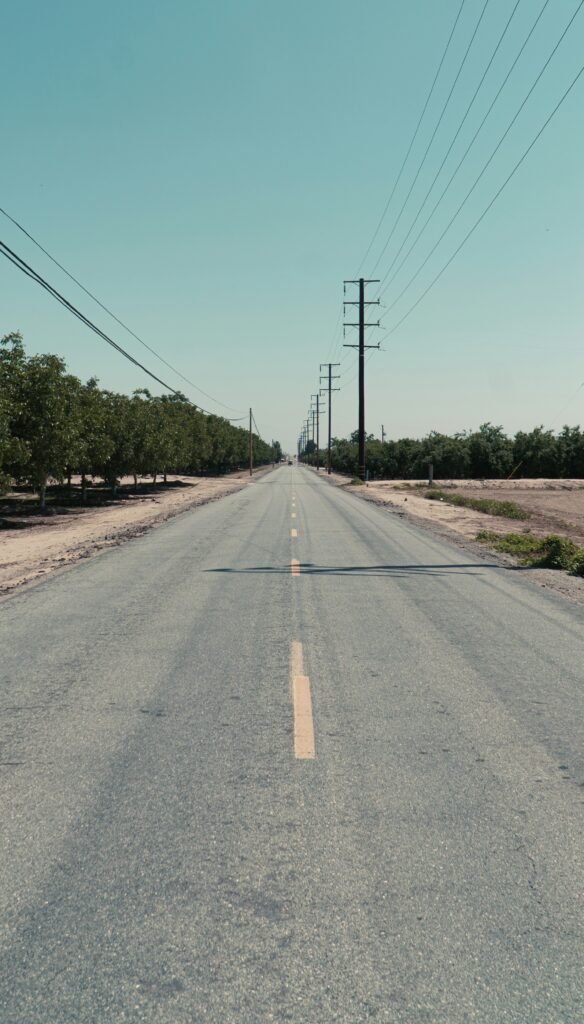
Cultural and Historical Highlights
Tulare Lake holds deep cultural significance and has witnessed fascinating historical events. Its waters have inspired legends and shaped the lives of those who called its shores home.
Legends and Stories of the Lake
You might find the tales of Tulare Lake captivating. The Tachi Yokut Tribe called this area home for thousands of years, referring to the lake as Pa'ashi. They believed the lake was a gateway to the spirit world.
Local folklore speaks of mysterious creatures lurking in the depths. Some stories tell of giant fish that could swallow canoes whole. Others describe shape-shifting spirits that protected the lake's bounty.
These legends reflect the lake's importance to the indigenous people. It provided abundant food and resources, shaping their way of life and spiritual beliefs.
Historical Events and Change
Tulare Lake's history is marked by dramatic changes. In the 19th century, it was the largest freshwater lake west of the Mississippi. You would have seen its vast expanse stretching across the San Joaquin Valley.
The lake played a crucial role in the region's development. It supported a thriving fishing industry and served as a transportation hub. Steamboats once plied its waters, connecting communities and fostering trade.
However, agricultural expansion led to the lake's decline. Farmers diverted its water sources for irrigation. By the early 20th century, Tulare Lake had largely disappeared, transforming the landscape and local economy.
Today, you can still appreciate the lake's legacy. Its cultural heritage lives on through the Tachi Yokut Tribe's traditions and the stories passed down through generations.
Conservation and Restoration Efforts
Efforts to protect and restore Tulare Lake's ecosystem have gained momentum in recent years. You'll find various initiatives aimed at preserving wildlife habitats and implementing regulations to safeguard the area's natural resources.
Habitat Protection Initiatives
You might be surprised to learn about the ongoing efforts to revitalize Tulare Lake's former glory. The Tulare Basin Wildlife Partnerships, along with government agencies and non-profit organizations, are working tirelessly to conserve remaining wetlands. These groups focus on:
- Habitat restoration projects
- Water management improvements
- Creating wildlife corridors
Their work aims to support the Pacific Flyway, providing crucial stopover areas for migratory birds. You'll see increased biodiversity as a result of these conservation efforts.
Regulations and Environmental Policies
You'll notice stricter regulations in place to protect Tulare Lake's ecosystem. Environmental policies now focus on:
- Sustainable water usage
- Land use restrictions
- Pollution control measures
Water rights policies have been updated to balance agricultural needs with environmental conservation. You'll find that these regulations aim to prevent further degradation of the lake and surrounding areas.
Efforts to restore some of the lake's former wetlands are underway, though challenges remain. Your support for these initiatives can help ensure the long-term health of this unique ecosystem.
Challenges and Controversies
Tulare Lake's history is fraught with complex issues surrounding water rights and the delicate balance between development and ecological preservation. These challenges have shaped the lake's fate and continue to influence its future.
Water Rights and Legal Disputes
You might be surprised to learn that water rights have been a contentious issue for Tulare Lake for centuries. The lake's disappearance and reappearance have led to numerous legal battles.
Farmers, cities, and environmental groups have all staked claims to the lake's water. These disputes often end up in court, with each party arguing for their right to use the precious resource.
Land subsidence has complicated matters further. As groundwater was pumped for agriculture, the land sank, altering water flow patterns and property boundaries.
Balancing Development and Ecology
You'll find that the struggle between development and environmental preservation is at the heart of Tulare Lake's story. The lake once supported a rich ecosystem and indigenous communities for thousands of years.
However, agricultural development in the 19th and 20th centuries led to the lake's drainage. This transformation brought economic benefits but at a significant ecological cost.
Today, you're witnessing renewed debates about the lake's future. Should it be restored to its former glory? Or should the land continue to be used for agriculture?
These questions highlight the ongoing challenge of balancing human needs with environmental conservation in the Tulare Lake basin.
Future Perspectives
The future of Tulare Lake holds both challenges and opportunities. Climate change and human activity will shape its ecosystem, while innovative solutions may help restore and manage this unique water body.
Predictions for Ecosystem and Climate
Climate projections suggest that Tulare Lake's reemergence may become more frequent in the coming years. You can expect more extreme weather events, including intense rainfall and prolonged droughts.
These fluctuations will significantly impact the local ecosystem. Migratory birds may return to their historical stopover sites, potentially reviving the area's biodiversity.
However, the lake's unpredictable nature poses challenges for nearby communities. You'll need to prepare for potential flooding risks and adapt agricultural practices to accommodate the changing landscape.
Proposed Solutions and Technologies
To address these challenges, you'll see a range of innovative approaches being developed. Advanced technology will play a crucial role in managing Tulare Lake's water levels and quality.
Sustainable practices in agriculture will be essential. You might witness the implementation of precision irrigation systems and drought-resistant crop varieties to optimize water use.
Community planning efforts will focus on creating flood-resistant infrastructure and developing early warning systems. You'll likely see increased collaboration between local governments, farmers, and environmental groups.
Future development in the region will need to balance economic interests with ecological preservation. You can expect to see more nature-based solutions, such as restored wetlands, to help manage water flows and improve habitat quality.

